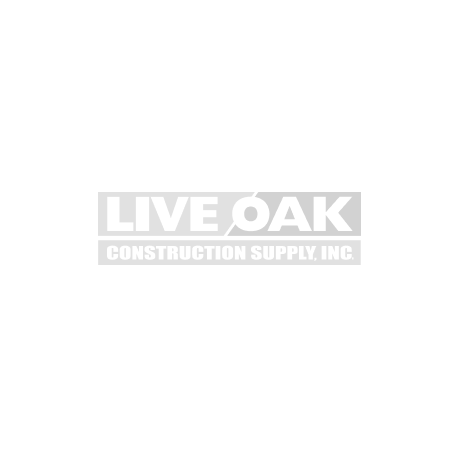Using pans to float concrete offers several benefits — primarily, higher F numbers and increased productivity.
The purpose of power floating, per ACI 302, is to:
- Embed the large aggregate just beneath the surface
- Remove slight imperfections, humps and voids
- Compact the concrete and consolidate mortar at the surface in preparation for other finishing operations
Floating breaks open the surface and allows the concrete to breathe, enhancing a bottom-up set.
BENEFITS
Using pans to float concrete offers several benefits — primarily, higher F numbers and increased productivity. While blades follow the highs and lows, pans remove humps and fill voids.
TIMING
The timing of pan floating is important. Floating should never be done when bleed water is on the surface. Floating bleed water into the surface can cause dusting and scaling. Typically, when a finisher on foot creates no more than approximately a 1/4” indentation, the floor is ready for floating.
The first float pass should be done at low speed and performed in a forward-backward technique. This minimizes the effects of turns, which can displace the concrete surface.
Be careful not to go full speed early in any and every direction, called Cowboy floating, as this won’t produce as flat a floor. The first float pass should always be perpendicular to the direction of screeding.
DIRECTION
Work the edges in a backward pass because forward passes cause the concrete to raise, which creates more edge work.
The number of passes is important as well. Two passes are required at a minimum, but four are preferred. Always keep the number of passes in multiples of two. Each pass should be perpendicular to the previous pass.
The less a finisher walks on soft concrete the better. Therefore, pan floating is most common with riding trowels. However, smaller walk-behind machines or edging machines, up to 36”, are beneficial for pan floating edges and slab penetrations.
QUALITY MATTERS
Finally, the quality of float pans matters. High-quality, consistent steel without soft spots is critical to providing long life. Thicknesses of pans vary. Most used are mild dish pans (1/8” to 1/4” rise from center) and are preferred for super flat floors.
Edging pans have a 90 degree lip, which allows close contact with walls and penetrations, lowering the amount of hand work needed.

